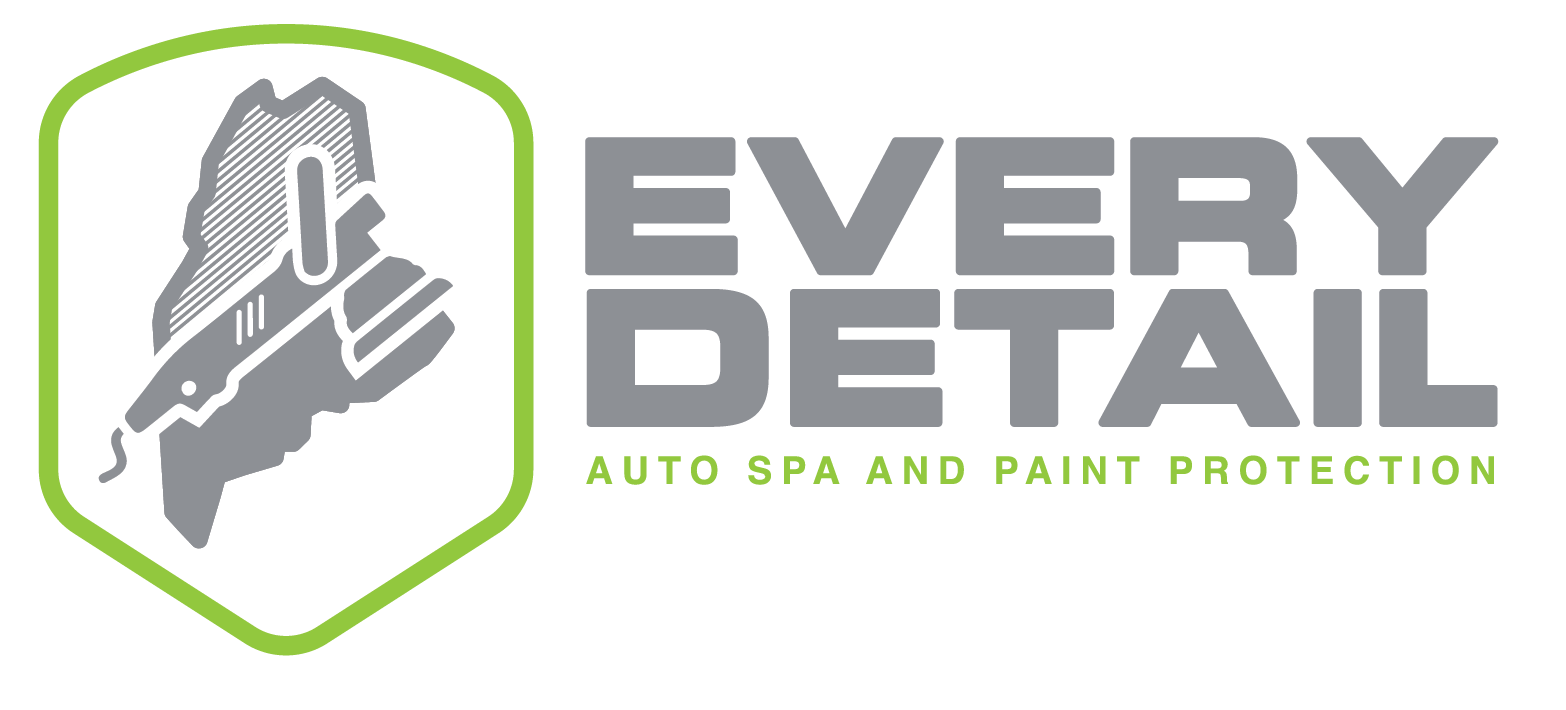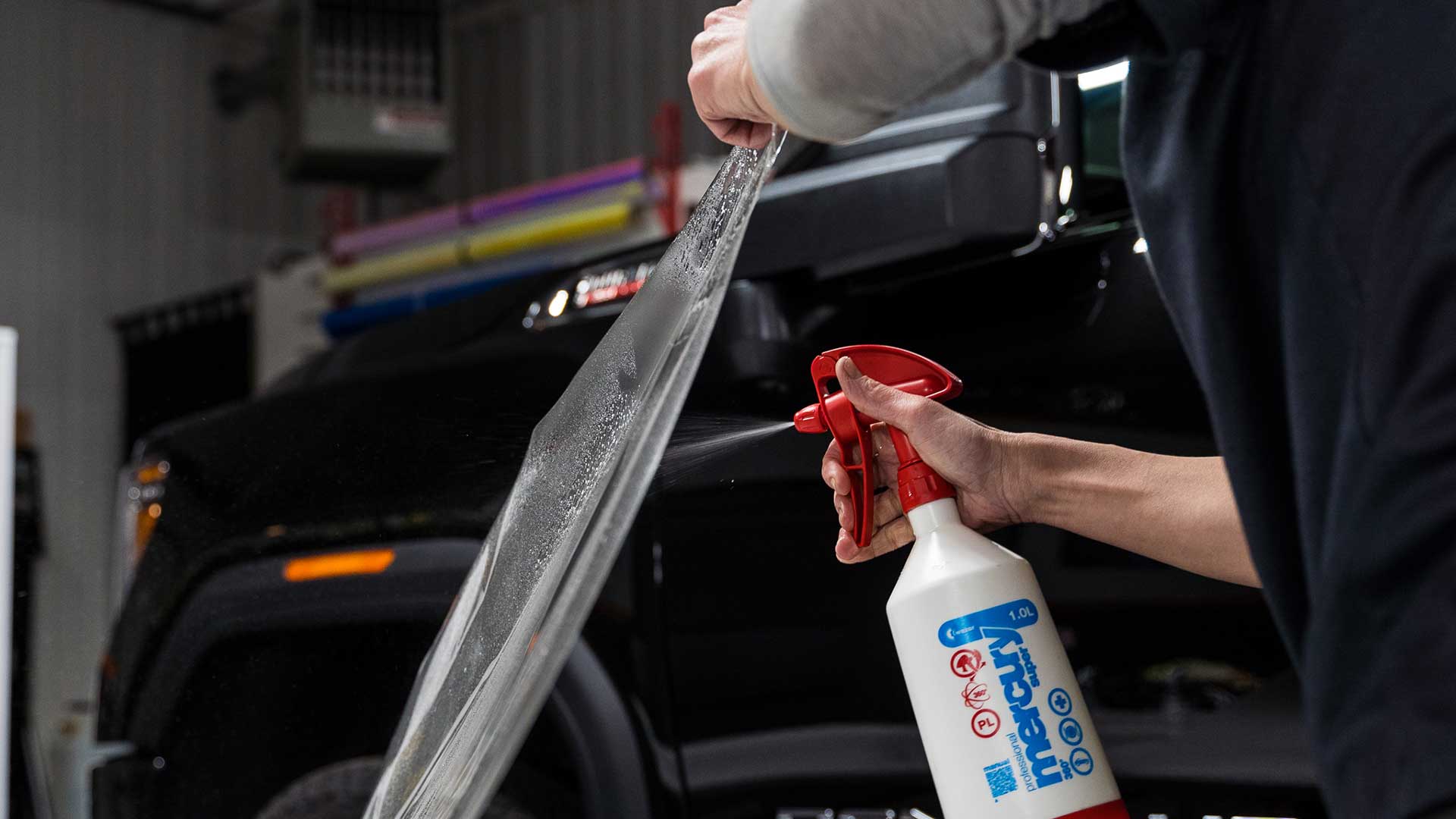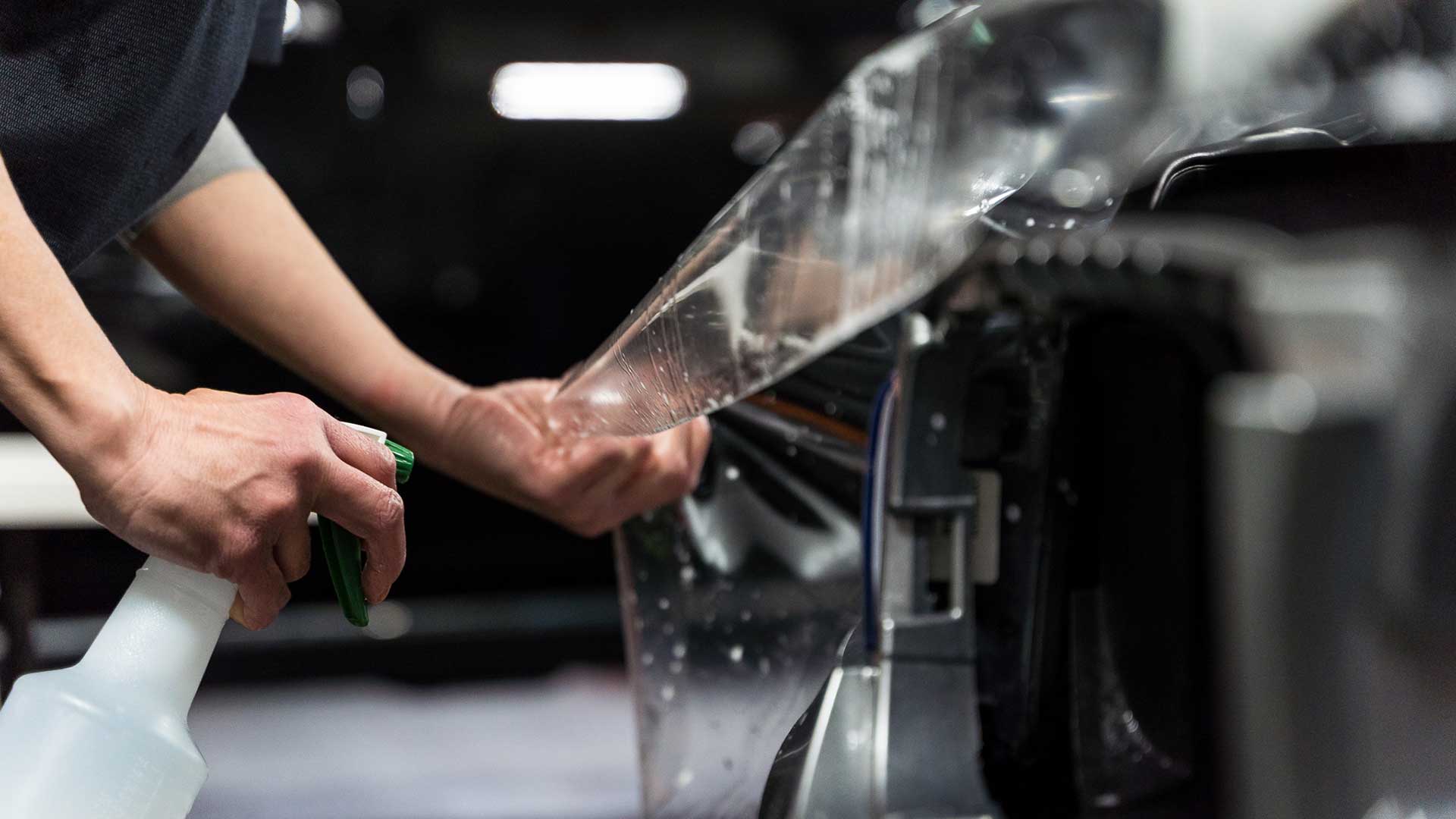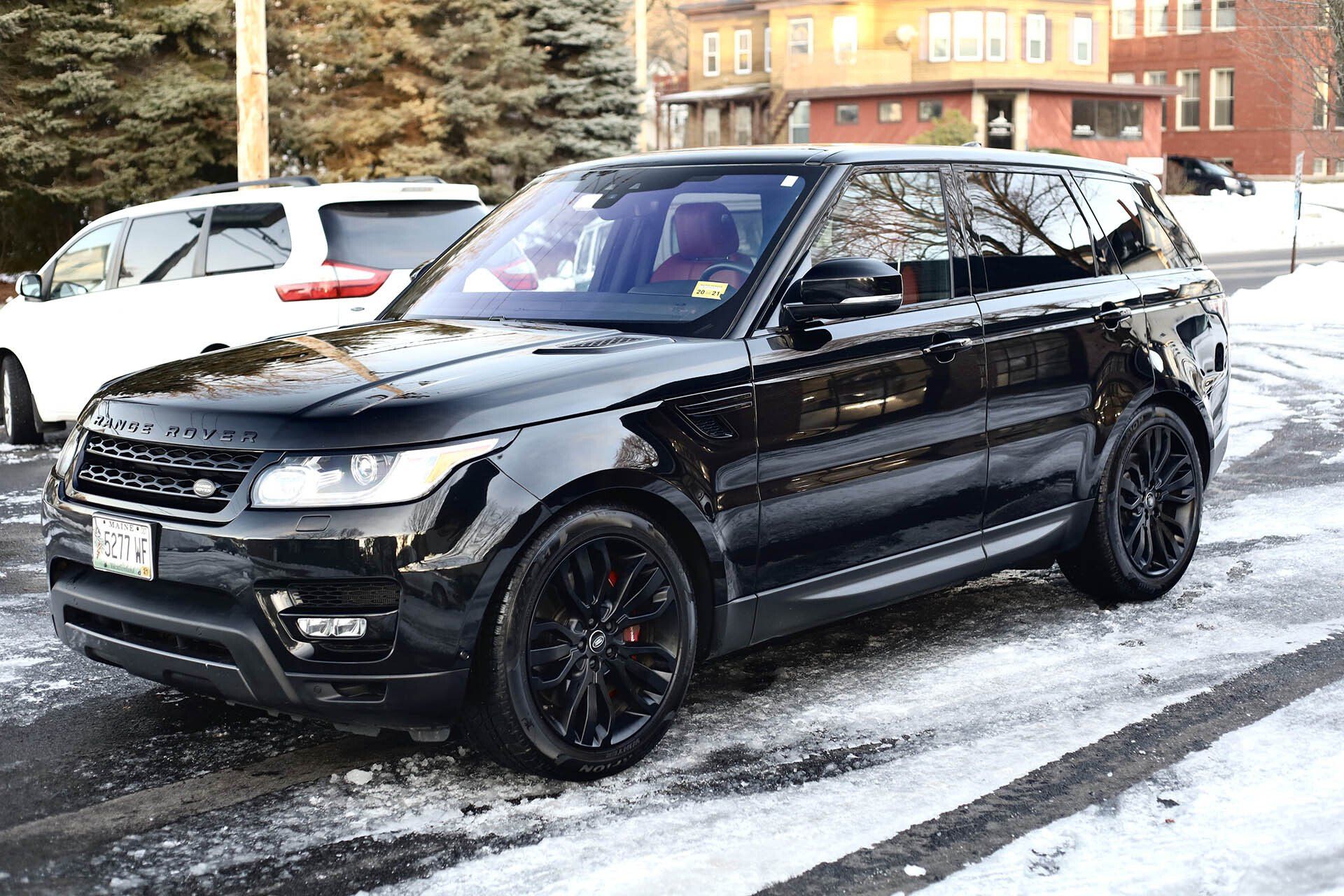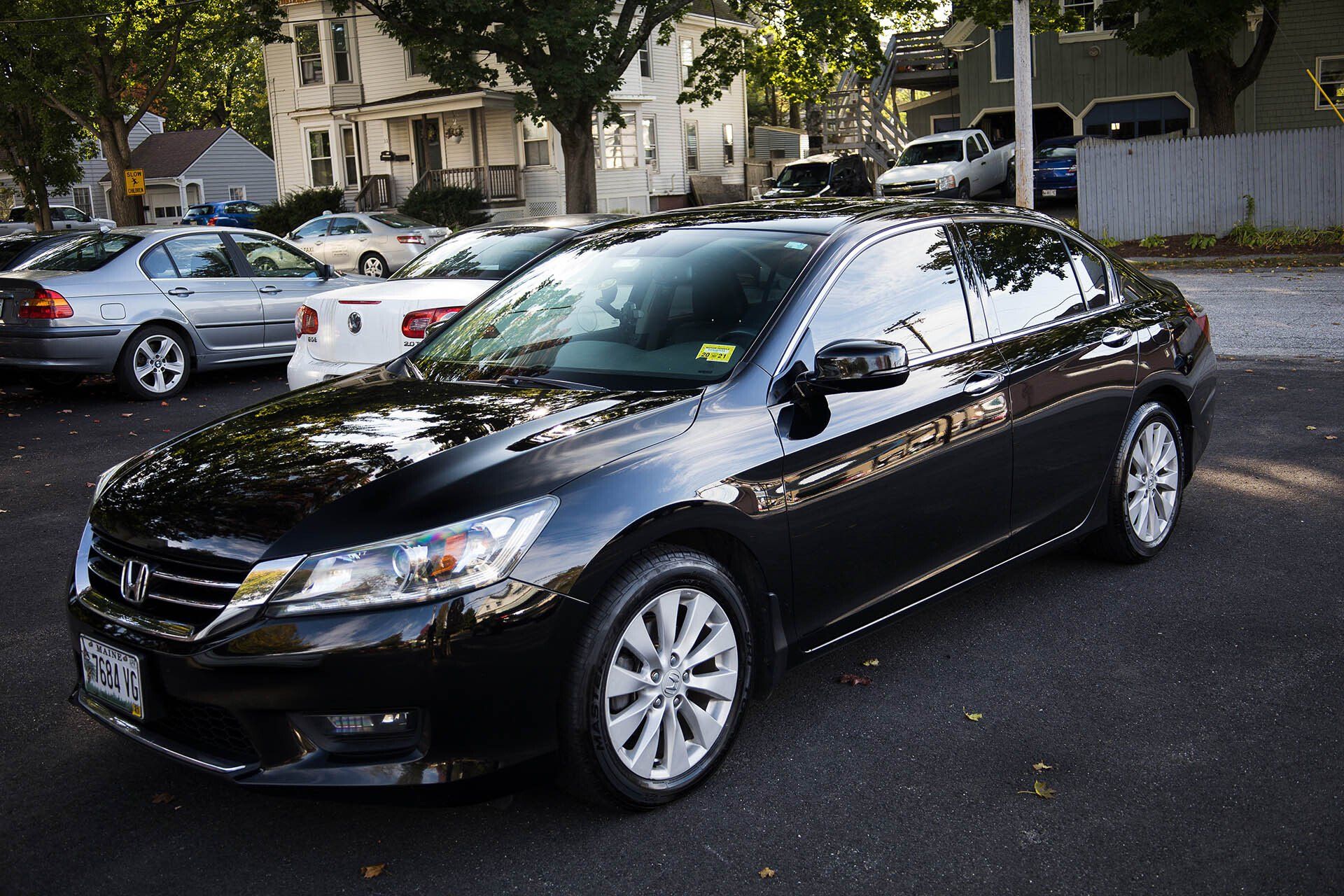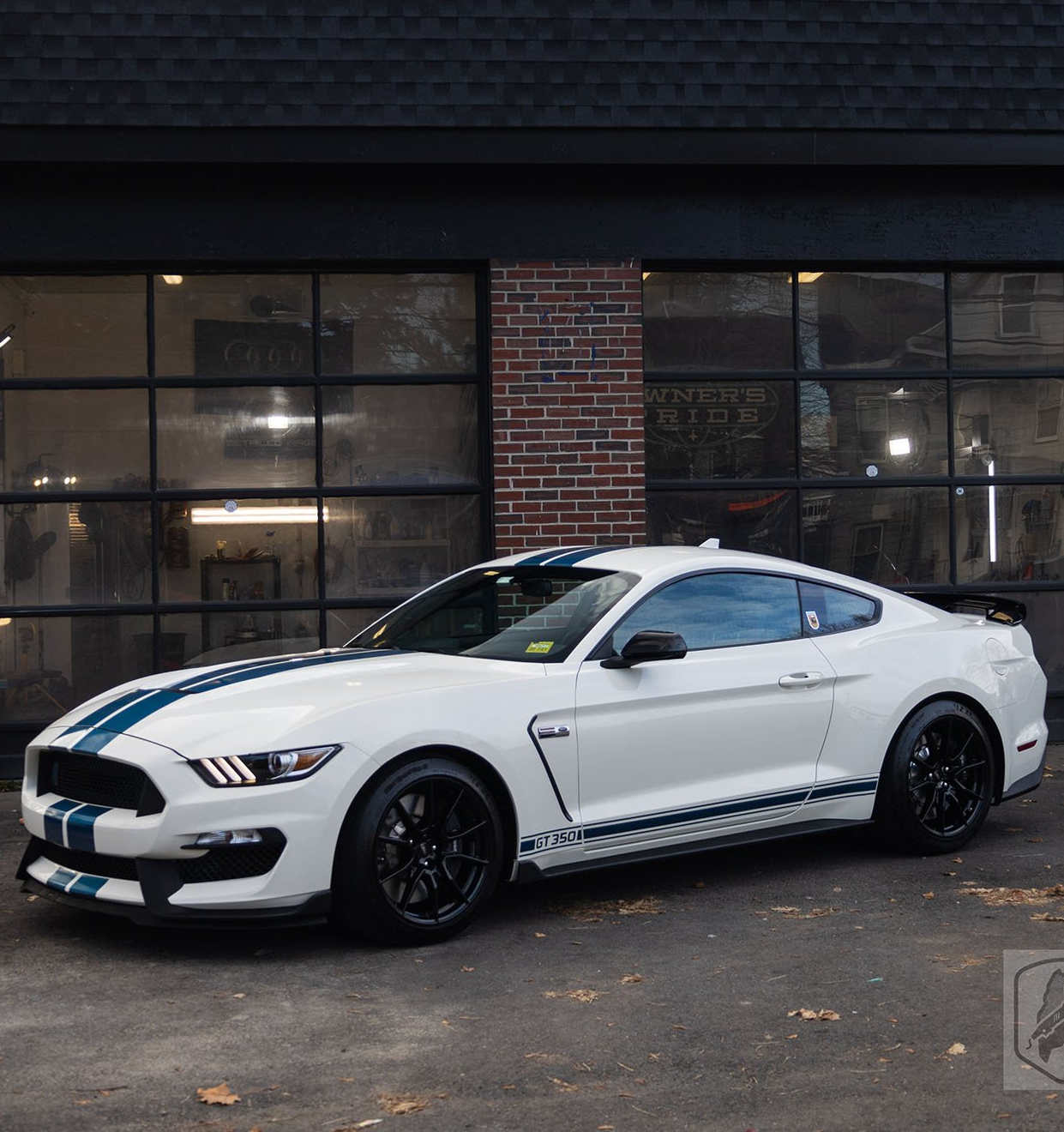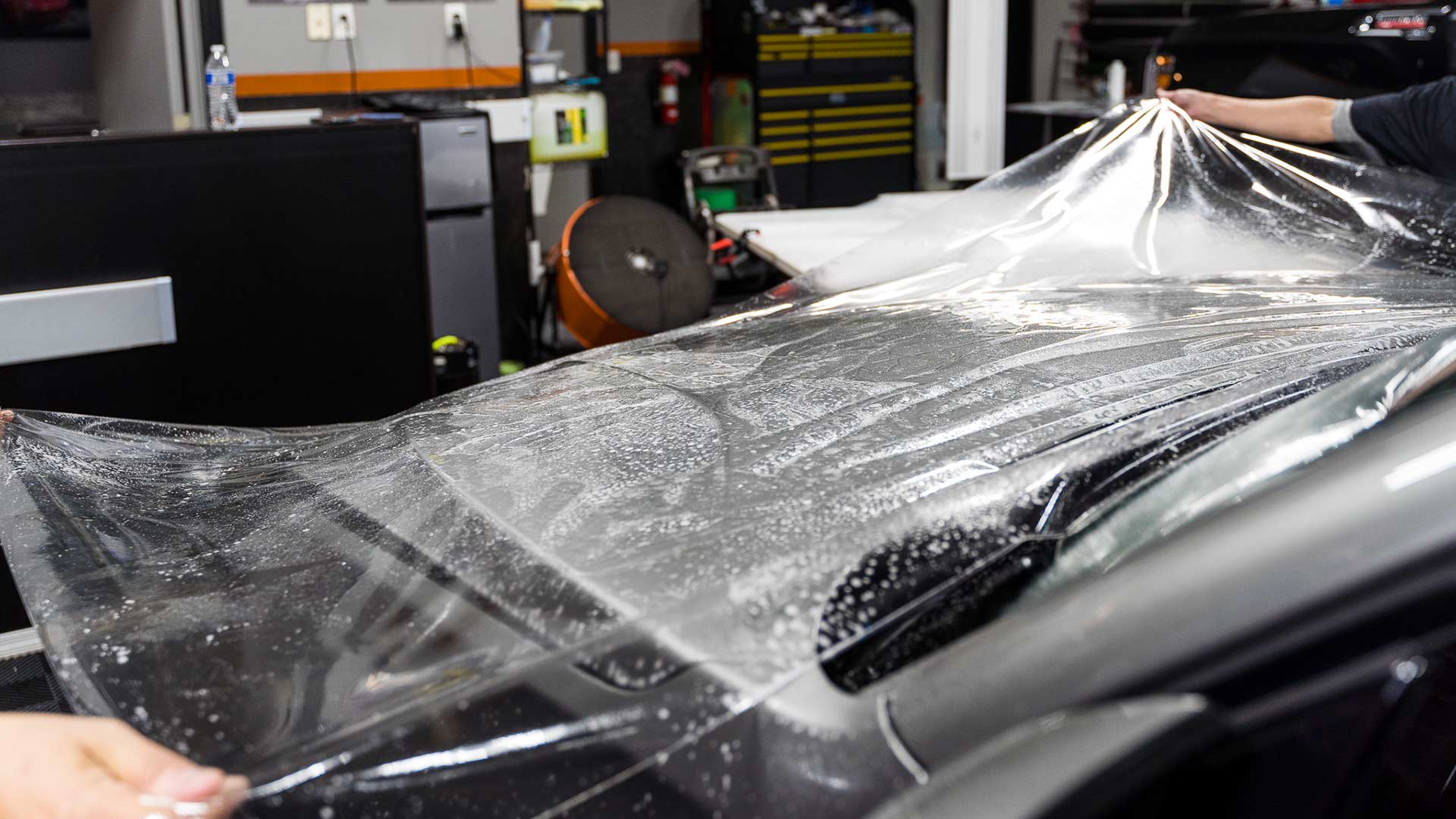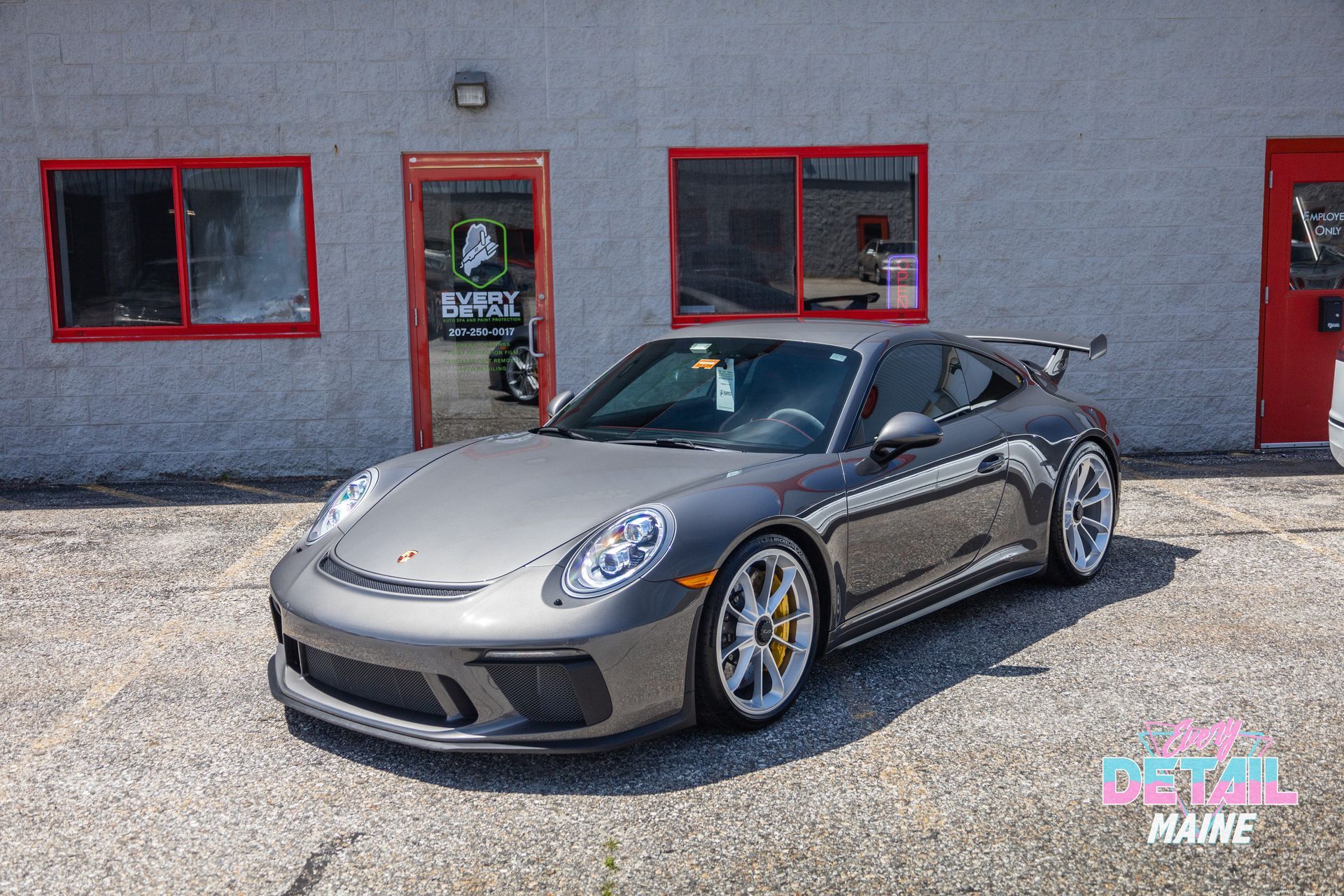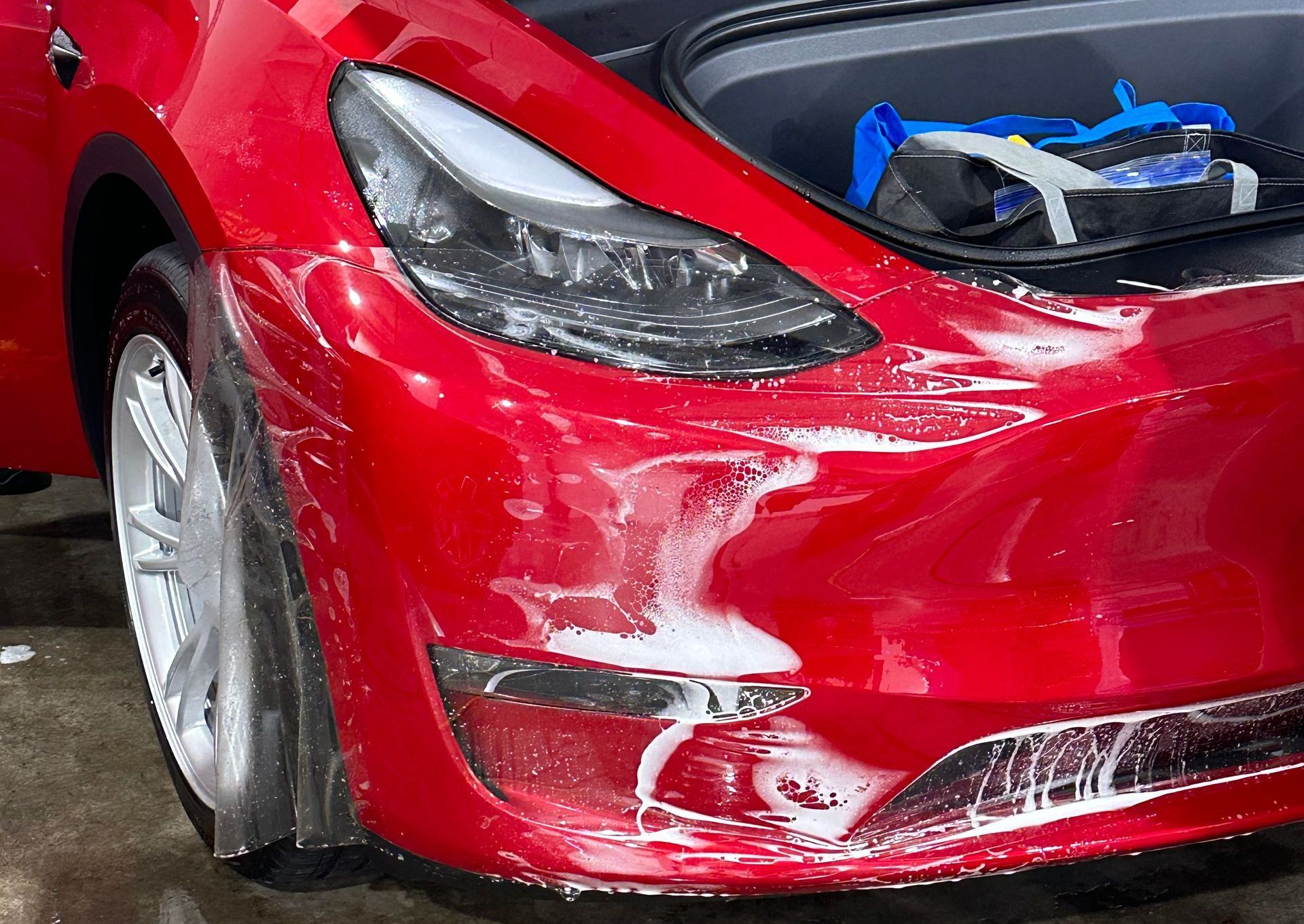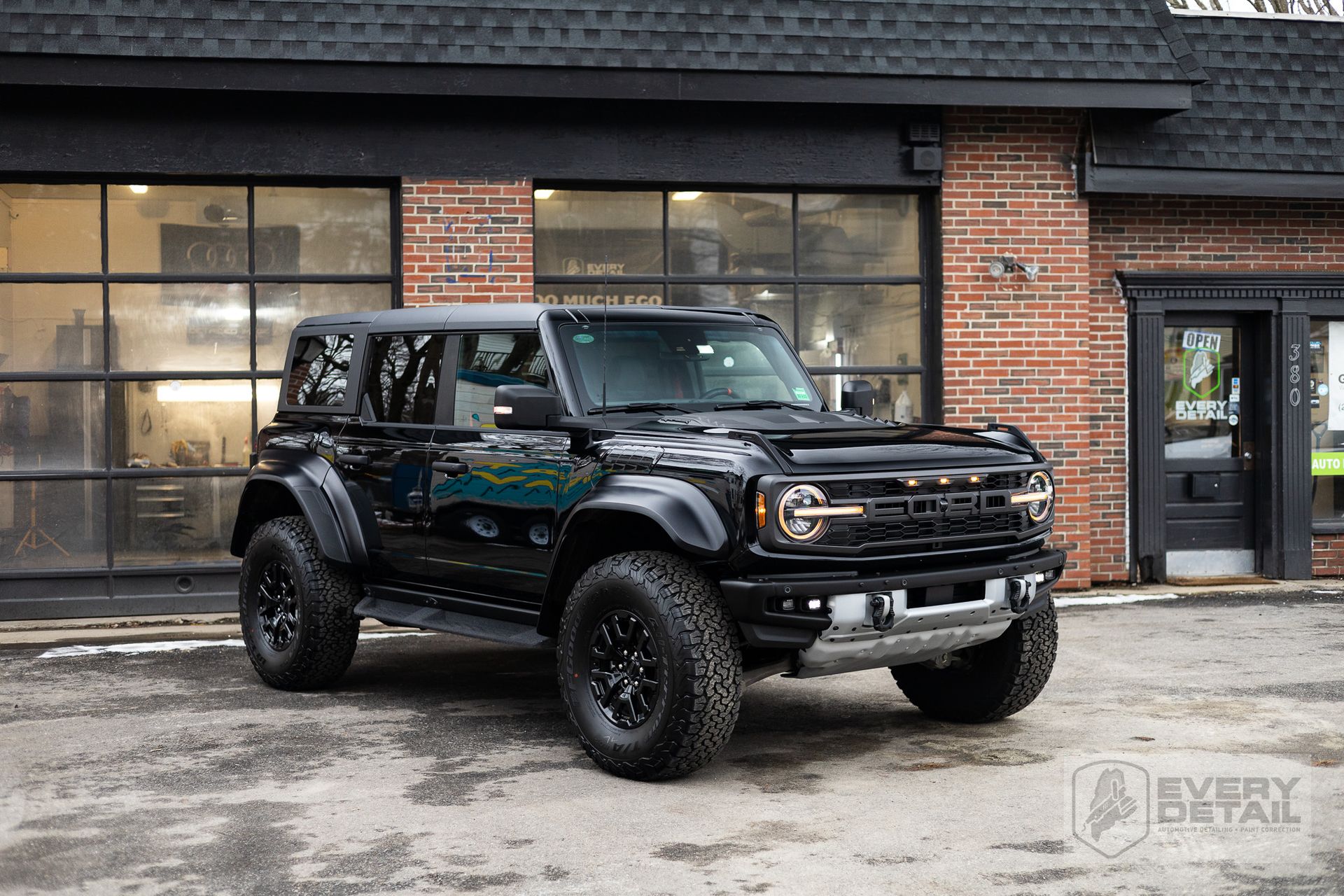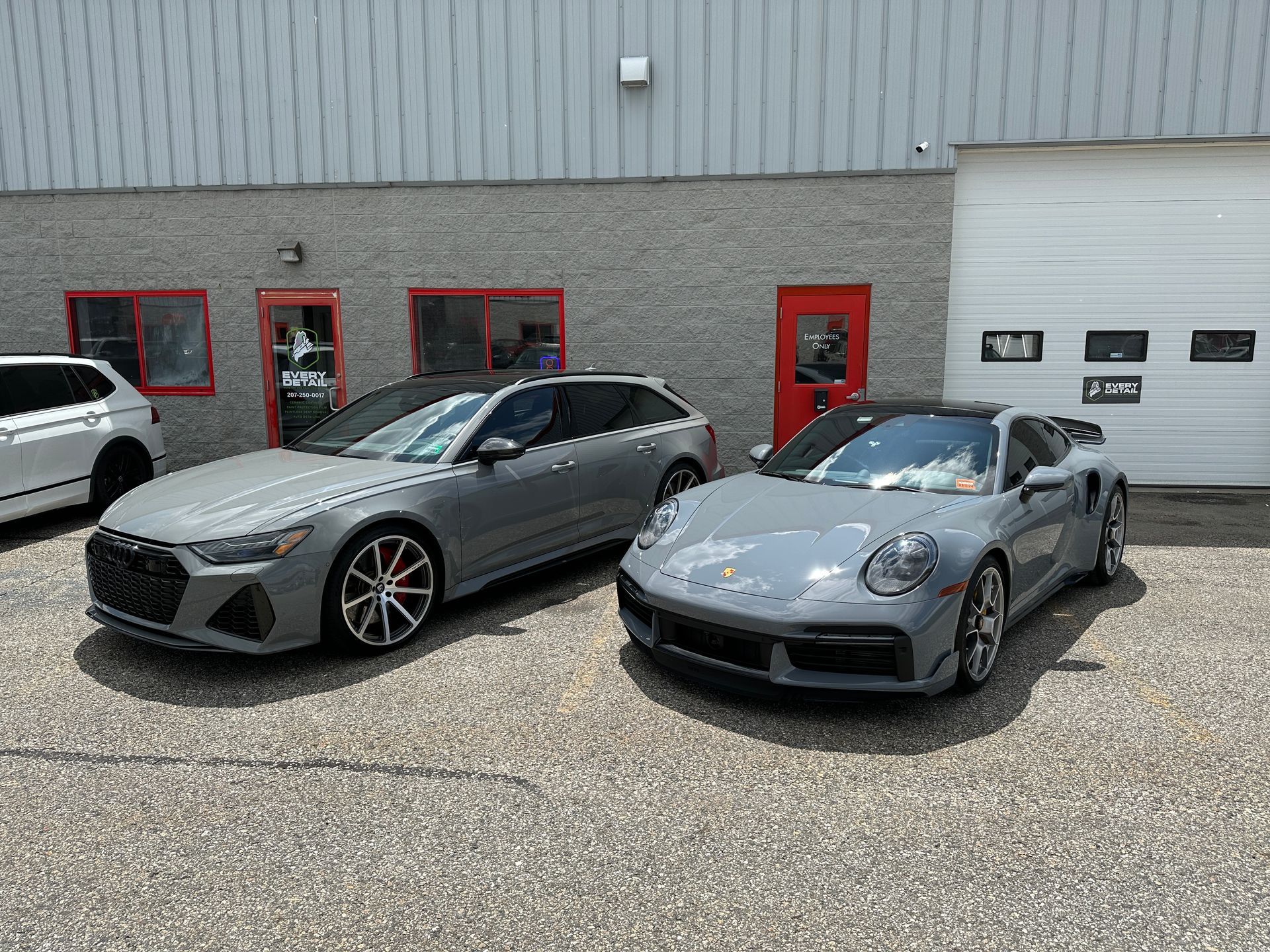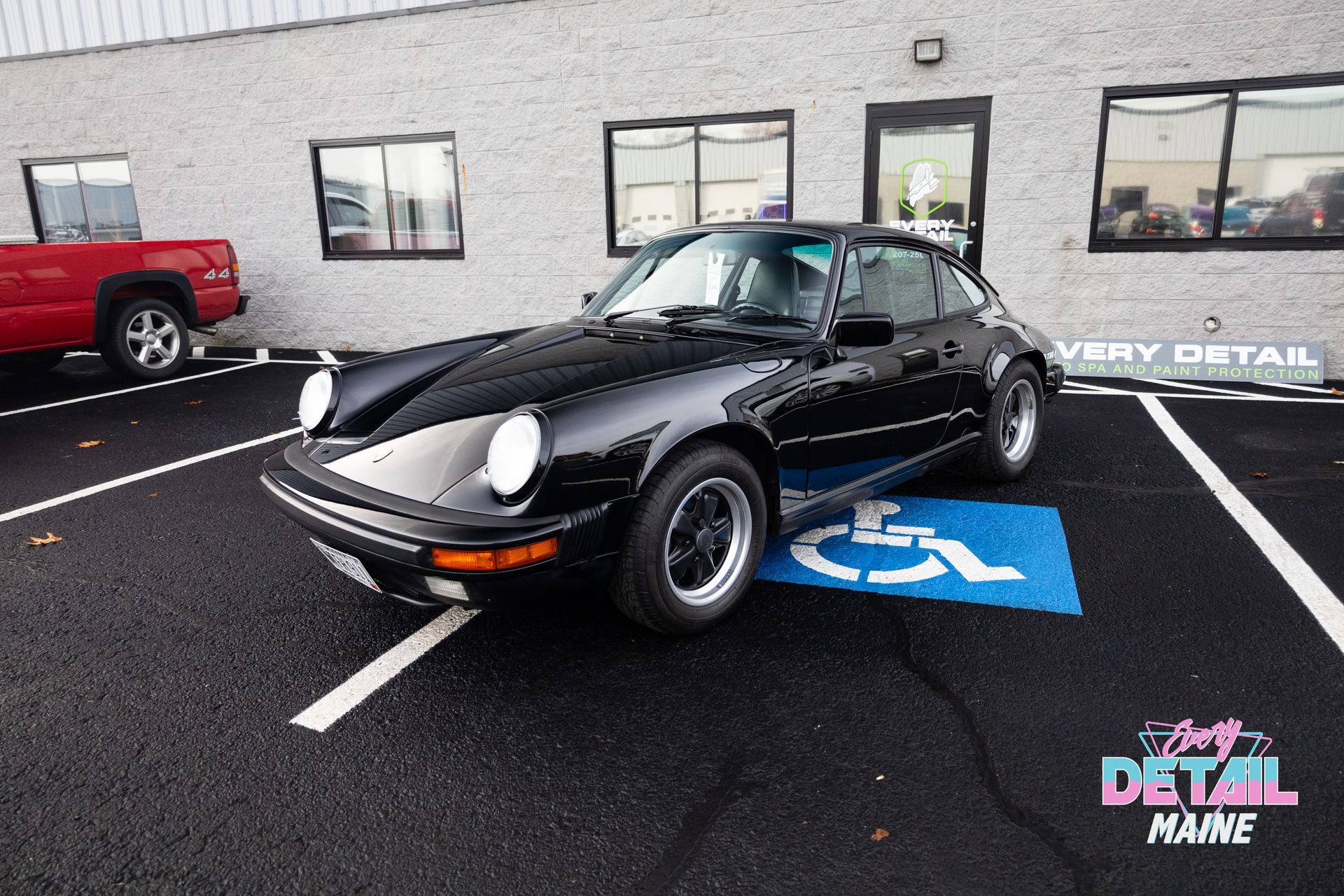Types of Paint Protection Film: What Are Your Best Options?
When it comes to keeping your car looking fresh and new, paint protection film (PPF) is a fantastic option. You might be wondering, “Isn’t that just for fancy cars?” The truth is, no matter what you drive, a good PPF can make a real difference. Think of it as a shield for your vehicle—protecting against scratches, chips, and environmental damage while also enhancing its appearance. After spending hours researching and talking to fellow car enthusiasts, I've learned just how many great options are out there. From glossy finishes that shine like they just came off the showroom floor to matte styles that turn heads, this guide will help you find the right type of paint protection film for your needs. Let’s dive in!
There are several types of paint protection films, primarily differentiated by thickness and self-healing capabilities. To choose the right film, consider factors such as your budget, desired durability, environmental exposure, and whether you prefer clearer visibility or enhanced shine for your vehicle.
Types of Paint Protection Film
Paint Protection Films come in various forms, each designed to cater to specific needs and aesthetics. By comprehending their unique features, you can select a film that matches both your lifestyle and your vehicle's appearance.
- Glossy Paint Protection Films: Glossy films are designed to enhance your car’s natural shine while providing formidable protection against scratches and environmental damage. One standout aspect of these films is their self-healing properties. Minor scratches will literally disappear when exposed to heat from the sun or even a gentle rub with your hand. Imagine driving around with a surface that's resilient to wear and tear—it's like having an invisible layer of glass on your car! Investing in glossy PPF not only preserves the vibrant look of your vehicle but also saves you time on cleaning and maintenance over the long run. While glossy films may dominate the market, there’s another stylish option that has gained popularity amongst those who desire a more distinct aesthetic.
- Matte Paint Protection Film: Matte films offer a sleek satin finish that gives vehicles an edgy, sophisticated appeal. They're often favored by owners of high-end sports cars wanting to stand out from the crowd. However, maintaining these matte surfaces can be challenging since any marks or smudges might show up more prominently. Regular upkeep becomes essential for sustaining that pristine appearance, leading some to argue that this added maintenance could deter potential buyers. In recent years, advancements have led to a new variant of PPFs that combines protection with enhanced ease of use.
- Ceramic-Coated Films: These innovative products incorporate ceramic coatings that enhance hydrophobic properties. What does this mean for you? It signifies that water will bead off the surface more easily, making cleaning a breeze and offering exceptional resistance to staining. In fact, data reveals that 87% of users in a recent survey reported less frequent washing after installing ceramic-coated PPF. With fewer washes required, ceramic-coated films protect your paint while saving you time and effort.
As consumer preferences continue to evolve, understanding the nuances among these various options can significantly impact both aesthetics and maintenance routines for car owners. Now, let's explore how each type delivers distinct benefits tailored to different needs.
Benefits of Different Films
- Durability: Durability stands as one of the paramount factors when considering paint protection films. Premium options boast lifespans exceeding ten years. Once applied, you can feel reassured your investment is safeguarded for a significant duration.
- UV Protection: Beyond mere durability, another significant benefit lies in UV protection. Certain films are designed to block harmful ultraviolet rays that contribute to paint fading over time. However, the protective qualities do not end here; these films can also provide advanced features tailored to everyday hazards.
- Self-Healing Properties: Picture stepping out of a store only to find that a shopping cart grazed your pristine car. The sheer thought makes many cringe, but with self-healing films, such concerns may soon be a thing of the past. When exposed to sunlight or warm water, minor abrasions fade away as if they were never there at all—akin to magic!
This innovative technology ensures that your vehicle retains its flawless appearance despite daily wear and tear. Imagine driving around town with the confidence that small mishaps won’t mar your car's aesthetic beauty; it gives an added layer of comfort and satisfaction. With an understanding of the benefits these films offer, let's now explore how cost considerations intersect with quality when choosing the right protection for your vehicle.
Cost vs. Quality Comparisons
In the vast landscape of Paint Protection Film (PPF), one cannot ignore the pressing reality that you truly get what you pay for. Lower-priced films deliver basic functionality at an accessible price point, capturing attention as more consumers look to safeguard their vehicles without breaking the bank. However, the deal often comes with strings attached. These films might work adequately in the short term, but their durability can be a concern, lasting only 3-5 years under normal wear and tear conditions. If your lifestyle involves frequent drives on gravel roads or high-traffic areas, you may find that these budget options fail to endure.
This brings us to a crucial consideration: how much do you value your vehicle's appearance and longevity? For many car owners, investing a little more upfront in a high-quality PPF can protect against chips, scratches, and UV fading more effectively than its cheaper counterparts. Think of it like a set of tires; while you could save money with a discount brand, premium tires often translate into better performance and safety over time.
Budget-Friendly Options
Low-priced brands cater well to budget-conscious consumers but often at a cost to long-term satisfaction. Users may encounter challenges with film yellowing or peeling prematurely, which ultimately necessitates replacement sooner than expected. The warranty provided is usually a telling sign of quality; with most budget films providing coverage for about three to five years, you're investing not just in initial savings but potentially additional costs down the road due to premature wear. On the other end of the spectrum, let’s examine the benefits of opting for high-end films.
High-End Films
High-end films can initially stump your budget as they range upwards of $2,000 for full vehicle coverage. However, this investment yields extensive warranties—often surpassing ten years—and boasts superior durability features that cheaper alternatives lack. Think of it this way: while budget films may shield your paint from moderate damage, high-quality films actively self-heal minor scratches when exposed to heat or sunlight, capable of restoring their appearance almost magically.
Thus when weighing cost versus quality in PPF selection, it's imperative to reflect on both immediate needs and long-term desires. A premium choice signifies that you're not merely protecting your vehicle; you're enhancing its value and aesthetic appeal over the years ahead. With this understanding in mind about the variety of options available, we can shift our focus toward how these protective films are best applied for optimal results.
Installation Methods
The technique used to apply PPF can dramatically influence its effectiveness and durability. Choosing between professional installation and tackling it yourself is something that every car enthusiast needs to weigh carefully.
Professional Installation
Opting for a professional installation often leads to superior results—a fact that many vehicle owners can attest to. Certified installers are well-trained and come equipped with specialized tools such as squeegees and heat guns that allow for a seamless application of the film onto your vehicle. This expertise makes all the difference, especially when navigating challenging areas like curves or edges where alignment is critical.
Many professionals also work in controlled environments, meaning factors like temperature and lighting are ideal, minimizing chances for error while maximizing visibility to spot any potential air bubbles during the process. Their knowledge allows them to recognize potential pitfalls before they become significant issues, ensuring a clean finish every time.
Furthermore, these experts know how to prepare the surface of your vehicle properly, an essential yet often overlooked step in the installation process. They will conduct thorough cleaning and use specific slip solutions that enhance adhesion—the key ingredients that lead to long-lasting results. Investing in professional services may be more costly upfront but could save you money in repairs or reapplications down the road.
DIY Installation
On the other hand, if you're keen on doing it yourself, several DIY kits are readily available that cater to enthusiasts who feel self-sufficient enough to handle the task. However, it's essential to realize that these kits usually require a moderate level of technical skill, as even a minor misalignment can leave unsightly bubbles or gapping. To navigate this, watching tutorial videos beforehand can serve as an invaluable resource—helping you understand what to expect and teaching you techniques that minimize errors. A good rule of thumb when attempting a DIY install is to take your time and ensure each section is applied correctly before moving on. Patience is key!
Working with a slip solution made from water mixed with baby shampoo provides lubrication and lets you adjust the film without immediate adhesion. This small preparation step can alleviate much stress associated with DIY installations. Whether you lean towards the assurance of expert assistance or the challenge of a do-it-yourself endeavor, familiarizing yourself with these methods sets the stage for making informed choices about safeguarding your vehicle's appearance. From here, we can explore the options available for selecting the right film for your needs.
Deciding on the Right Film
When it comes to selecting the ideal PPF, you're essentially looking for a balance between protection and aesthetics. The decision unfolds through several key factors, starting with your unique driving conditions. For instance, if you often navigate through harsh weather or rough terrains, you'll want a film that's not only durable but also has hydrophobic properties to repel water and debris. The film's resilience against stones and mud gave him peace of mind during those thrilling rides.
Moving beyond protection, consider your aesthetic preferences as well. A car is often an extension of our personality, and its appearance can enhance pride in ownership. Choose between glossy or matte finishes according to what resonates with you. Each aspect contributes to the final decision, but remember that durability isn't everything; you need to weigh other considerations like thickness and UV resistance as well.
Assess Your Driving Conditions
Another vital point is assessing how frequently you encounter abrasive environments. For urban commuters navigating busy streets filled with potholes and gravel or country drivers surrounded by dirt paths, thicker films provide extra security against nicks and scratches. A standard thickness recommendation centers around 8 to 10 mils for enhanced performance against wear and tear. This thickness offers a protective shield without adding excessive weight or altering the vehicle's dynamics.
Take a moment to observe your typical situations before making a purchase. Will you be parking under trees where sap might wreak havoc? Or are road trips with high-speed winds part of your routine? Evaluating these elements helps narrow down your choices effectively. Alongside durability and driving conditions, the quality of installation should never take a back seat in your consideration process.
Evaluate Your Aesthetic Preferences
While functionality is crucial, the artistry of your car matters equally—after all, we typically choose colors, trims, and alloys that appeal to our tastes. A clear bra might provide significant protection but may not satisfy if it detracts from that sleek finish you're looking for. If you gravitate toward maintaining that showroom shine, glossy options could be ideal; however, if you appreciate a more subdued allure, matte finishes can offer a sophisticated flair without compromising protection. Understanding what drives your decision—whether it's the prevention of damage or enhancing visual appeal—will guide you towards making informed choices that optimize both protection and style for your vehicle as we look deeper into important considerations for your selection process.
Key Factors to Consider
One of the most crucial aspects when choosing PPF is the warranty offered by the manufacturer. Longer warranties often indicate a higher level of confidence in the product's durability and effectiveness. For instance, reputable brands back their film with a robust 10-year warranty against common issues such as yellowing or cracking. However, it’s important to always read the fine print; warranty details may specify what kind of damage is actually covered. This diligence helps ensure that you understand what to expect in terms of longevity and protection.
Additionally, installation quality plays a monumental role in how well PPF performs over time. Research indicates that approximately 90% of problems associated with PPF arise not from defects in the film itself, but rather due to poor installation practices. Thus, finding a certified installer with excellent reviews is essential for achieving optimal results. A skilled installer knows how to handle tricky curves and contours, ensuring that the film adheres properly and maintains its protective qualities throughout its lifespan.
Another significant consideration is your local climate. In particularly hot climates, opt for films designed specifically to offer superior UV protection; this choice significantly reduces potential paint damage caused by relentless sun exposure. Ceramic-coated films are an excellent option in such environments due to their enhanced resistance to high temperatures. They not only provide formidable protection but also help keep your vehicle looking pristine with easier washing capabilities.
By taking into account factors like warranty information, installation quality, and climate considerations, you’ll be better equipped to choose a product that truly meets your needs while safeguarding your investment for years to come.
Ultimately, choosing the right type of paint protection film ensures that your vehicle remains in top condition while reflecting your personal style.
Trusted PPF Services in Portland, ME
Every Detail in Portland, ME, offers premium paint protection film services designed to keep your vehicle looking flawless through every season. Their expert installers apply each film with precision, creating a virtually invisible barrier against chips, scratches, and the harsh New England elements. Choose Every Detail when you want lasting defense that preserves your vehicle’s finish without compromising its original beauty.


